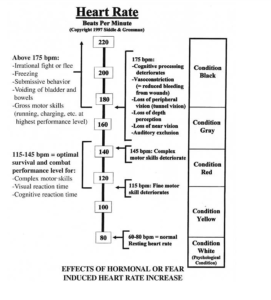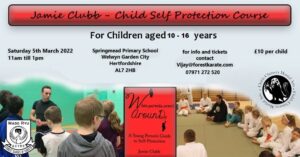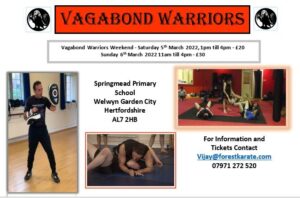Protecting the Frontline Course 4 (diary entry)
- jamie03066
- Feb 24, 2022
- 2 min read
23.02.2022

This morning we looked at pre-incident indicators for deceptive and aggressive enemies in a self-protection situation as well as the impact of fear.
As I discussed in the lesson, Gavin De Becker's PINS address deceptive predators and abusers. They work against individuals who use disarmed dialogue, charm and various techniques we see being used by salespeople. However, they don't address aggressive precursors. The deceptive PINS teach us how violence and coercion is veiled by certain manipulative social behaviours. They are important because, on a surface level, they might not seem dangerous. However, aggressive PINS can give the impression that someone is about to be violent when they are not.
We also had a divergent discussion into the way certain hard skills may have changed from their original intentions. This had value from teacher to teacher as it helps to keep the critical eye on how we develop and what are the most obvious pitfalls when trying to keep a self-protection course minimalistic and objective.
The discussion also moved onto teaching children, something that we both have been long actively in. I shared some of takeaways from a recent interview I have conducted for my upcoming podcast with Joe Saunders. This particular point was the limitations of de-escalation training that can be done due to the emotional controls childrens typically lack, therefore placing an even greater emphasis on learning long-term social skills.
After looking at the giveaway signs in potential threats, including those prompted by stress hormones we then looked at how these same chemicals change within the protector. We begin with fight, flight and freeze reactions. Freeze is a controversial yet undeniably common reaction. It is controversial as its evolutionary purpose is often debated. We went through the most popular and logical sounding theories for why someone might freeze including reduction of movement in the face of a predator, sensory overload, "playing dead" (of which I believe is the least substantiated) and the 10/80/10 rule.
We then looked at Dave Grossman and Loren Christensen's chart on how heart rate affects combative performance (pictured here).
UPCOMING SEMINARS! BOOK YOUR PLACE NOW!















Comments